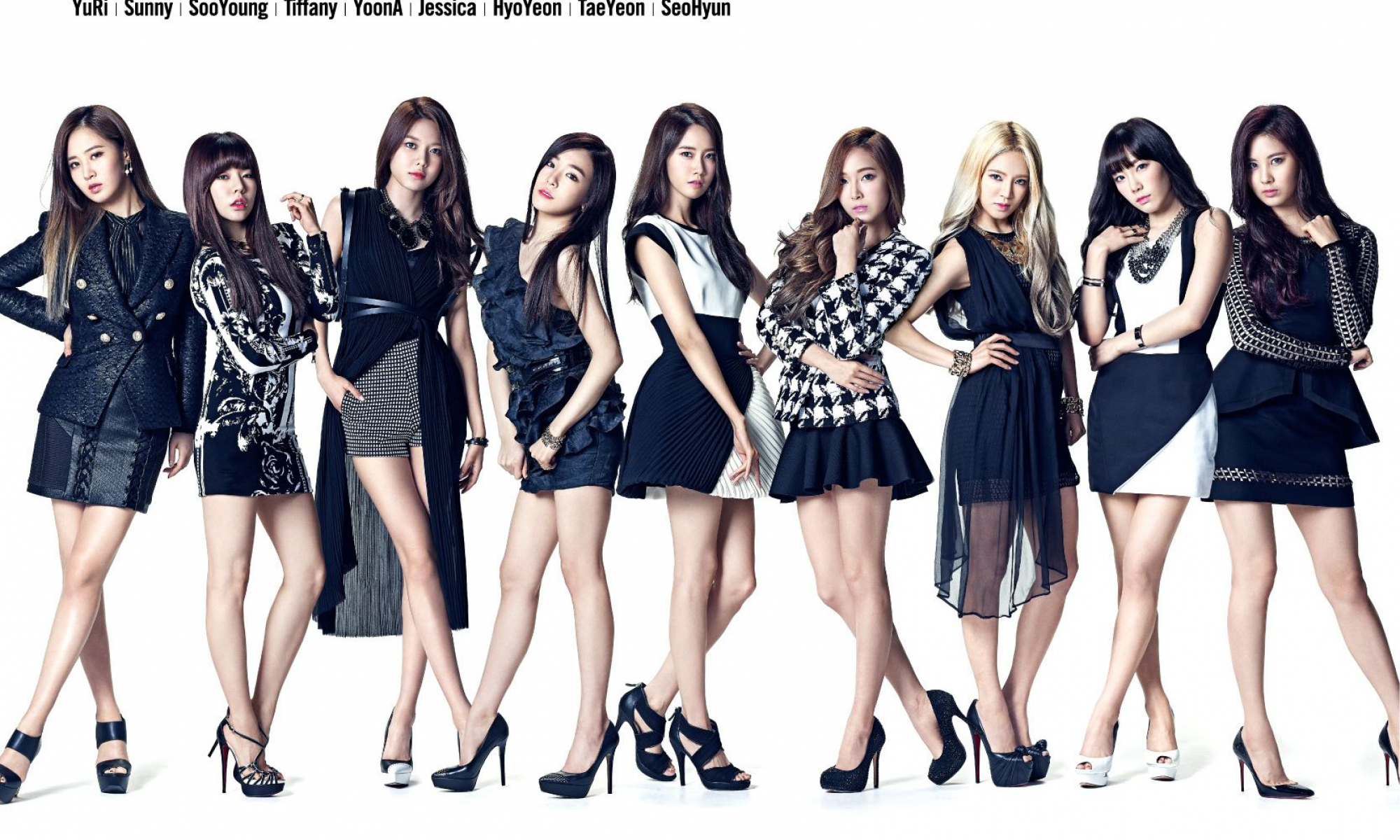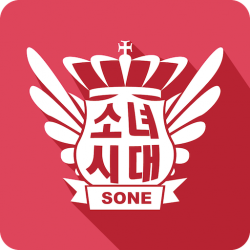This article pointedout the phenomenon that Korean commercials are highly dominated by celebrity endorsementsand presents less creativitycompared to western advertising cultures. (Turnbull 2017,128) However, in my perspective, this is an inevitable advertising trend developed under Korean instinctive television celebrity culture and idol system.
As the author suggested, in Korean television celebrity culture, idols or other artists are usually the main characters on infotainments(Turnbull 2017,130). Similarly, for commercials, celebrity endorsements are good strategies to attract audiences with celebrity’s popularity. For fans, advertisement is another opportunity to ‘reach’ their idols andsee their idols’ human side(Turnbull 2017,130). The author also indicates that the K-pop idol system has high investment for trainees before debuting but low payback from musical productions, this encourage entertainment companies to chase for profits from commercials endorsements and sexualized performances(Turnbull 2017,132). Therefore, as long as the 15-second advertising slots can successfully catch consumer’s eye and achieve the same or better advertising effect, the merchant will be happy to save the budget for a creative commercial.
However, accompanied by the fast development of media and commercial mode, celebrity endorsement can be no longer at the expense of creativity. For example, Girls’ Generation, as one of the most influential Korean girl groups, has played an important role in leading K-pop and Hallyu through recordings, concerts, and TV shows in the past decade. In 2014, Innisfree, invited one of the group member, Lim YoonA, to be their global brand ambassador. YoonA’s fresh and pure image is highly in line with the brand concept about beauty and has made great contributions to the promotion of the Innisfree brand. Although a large proportion of the endorsement commercials are still in the model of “Just beautiful people holding a bottle”, long and creative advertising videos telling stories between ambassador and brand are also produced to fulfill the interest of customers who are expecting another chance to see their idols in longer vedios.
Bibliography:
Turnbull, James. “Just Beautiful People Holding a Bottle: The Driving Forces behind South Korea’s Love of Celebrity Endorsement.” Celebrity Studies8, no. 1 (2017): 128-35.

